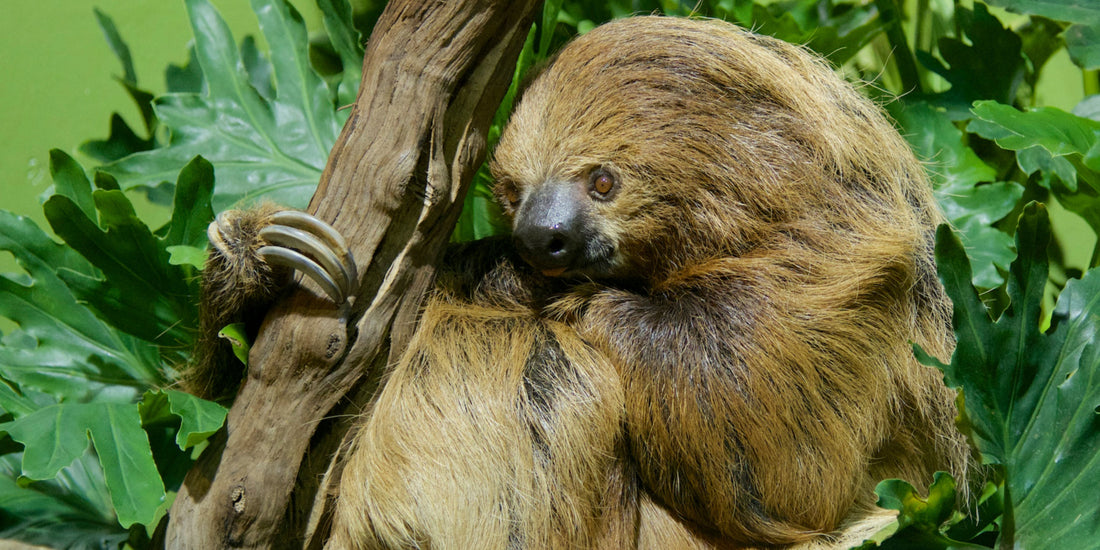While all sloths may look similar at first glance — slow-moving, tree-hugging, and undeniably adorable — two-toed and three-toed sloths are actually quite different in several ways.
🦥 1. Number of Toes (on the Front Limbs)
Two-toed sloths: Have two toes (claws) on their front limbs, and three on their back limbs.
Three-toed sloths: Have three toes on both front and back limbs.
So the naming refers to the front limbs only!
2. Species & Classification
Two-toed sloths: Belong to the genus Choloepus.
Species include: Hoffmann’s two-toed sloth and Linnaeus’s two-toed sloth.
Three-toed sloths: Belong to the genus Bradypus.
Species include: Brown-throated sloth, pygmy sloth, maned sloth, and more.
3. Behavior & Activity
Two-toed sloths:
More nocturnal (active at night)
Slightly more active and faster than their three-toed cousins (though still slow!)
Three-toed sloths:
More diurnal (active during the day)
Tend to be more sluggish and less active overall
4. Appearance
Two-toed sloths:
Larger, with longer limbs
Have a pig-like snout and lighter-colored fur
No visible tail
Three-toed sloths:
Smaller and more compact
Have a rounder face with a "perma-smile" expression
Have a small tail
Often have distinctive markings, like a black mask or stripe on the back
5. Teeth
Two-toed sloths:
Have canine-like teeth (though not true canines)
More variety in tooth shape
Three-toed sloths:
Only have simple, peg-shaped teeth, no canines.
6. Diet
Two-toed sloths: Omnivorous
Eat leaves, fruits, flowers, and occasionally small insects or lizards
Three-toed sloths: Strict herbivores
Eat mostly leaves from a few select trees (like Cecropia)
7. Habitat & Range
Both types are found in Central and South America, but they may occupy slightly different ranges or forest types depending on the species.

